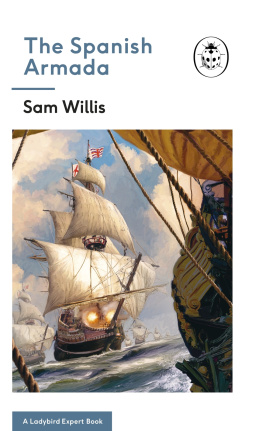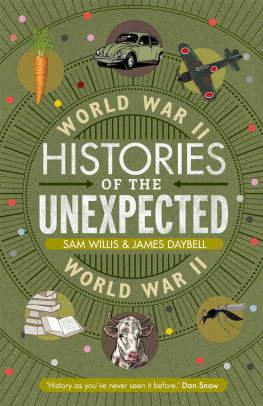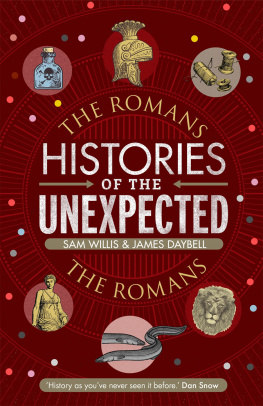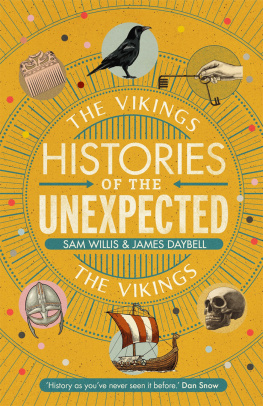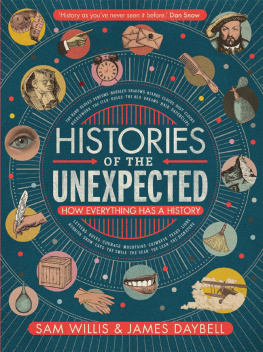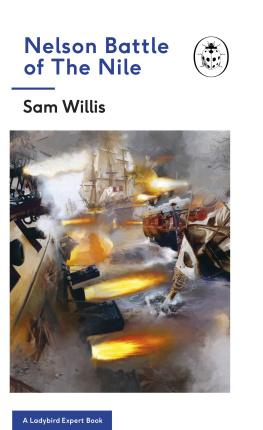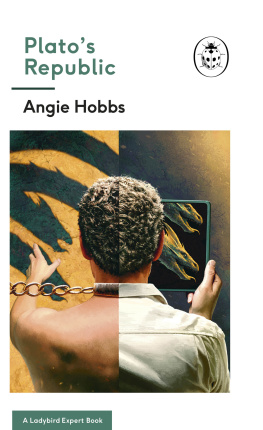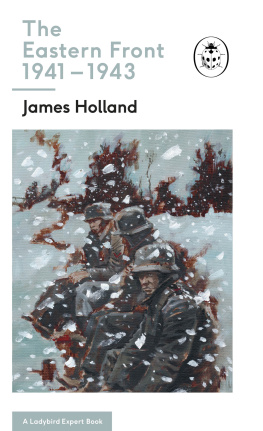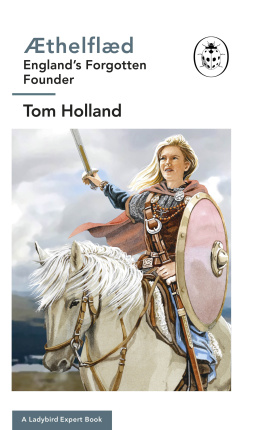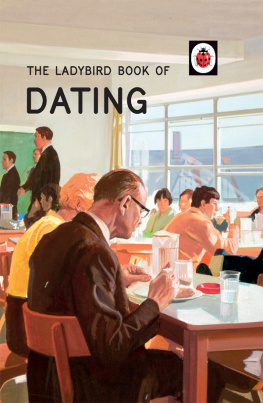Sam Willis - The Spanish Armada: A Ladybird Expert Book (The Ladybird Expert Series)
Here you can read online Sam Willis - The Spanish Armada: A Ladybird Expert Book (The Ladybird Expert Series) full text of the book (entire story) in english for free. Download pdf and epub, get meaning, cover and reviews about this ebook. year: 2018, publisher: Penguin Books Ltd, genre: History. Description of the work, (preface) as well as reviews are available. Best literature library LitArk.com created for fans of good reading and offers a wide selection of genres:
Romance novel
Science fiction
Adventure
Detective
Science
History
Home and family
Prose
Art
Politics
Computer
Non-fiction
Religion
Business
Children
Humor
Choose a favorite category and find really read worthwhile books. Enjoy immersion in the world of imagination, feel the emotions of the characters or learn something new for yourself, make an fascinating discovery.
- Book:The Spanish Armada: A Ladybird Expert Book (The Ladybird Expert Series)
- Author:
- Publisher:Penguin Books Ltd
- Genre:
- Year:2018
- Rating:5 / 5
- Favourites:Add to favourites
- Your mark:
- 100
- 1
- 2
- 3
- 4
- 5
The Spanish Armada: A Ladybird Expert Book (The Ladybird Expert Series): summary, description and annotation
We offer to read an annotation, description, summary or preface (depends on what the author of the book "The Spanish Armada: A Ladybird Expert Book (The Ladybird Expert Series)" wrote himself). If you haven't found the necessary information about the book — write in the comments, we will try to find it.
The Spanish Armada: A Ladybird Expert Book (The Ladybird Expert Series) — read online for free the complete book (whole text) full work
Below is the text of the book, divided by pages. System saving the place of the last page read, allows you to conveniently read the book "The Spanish Armada: A Ladybird Expert Book (The Ladybird Expert Series)" online for free, without having to search again every time where you left off. Put a bookmark, and you can go to the page where you finished reading at any time.
Font size:
Interval:
Bookmark:
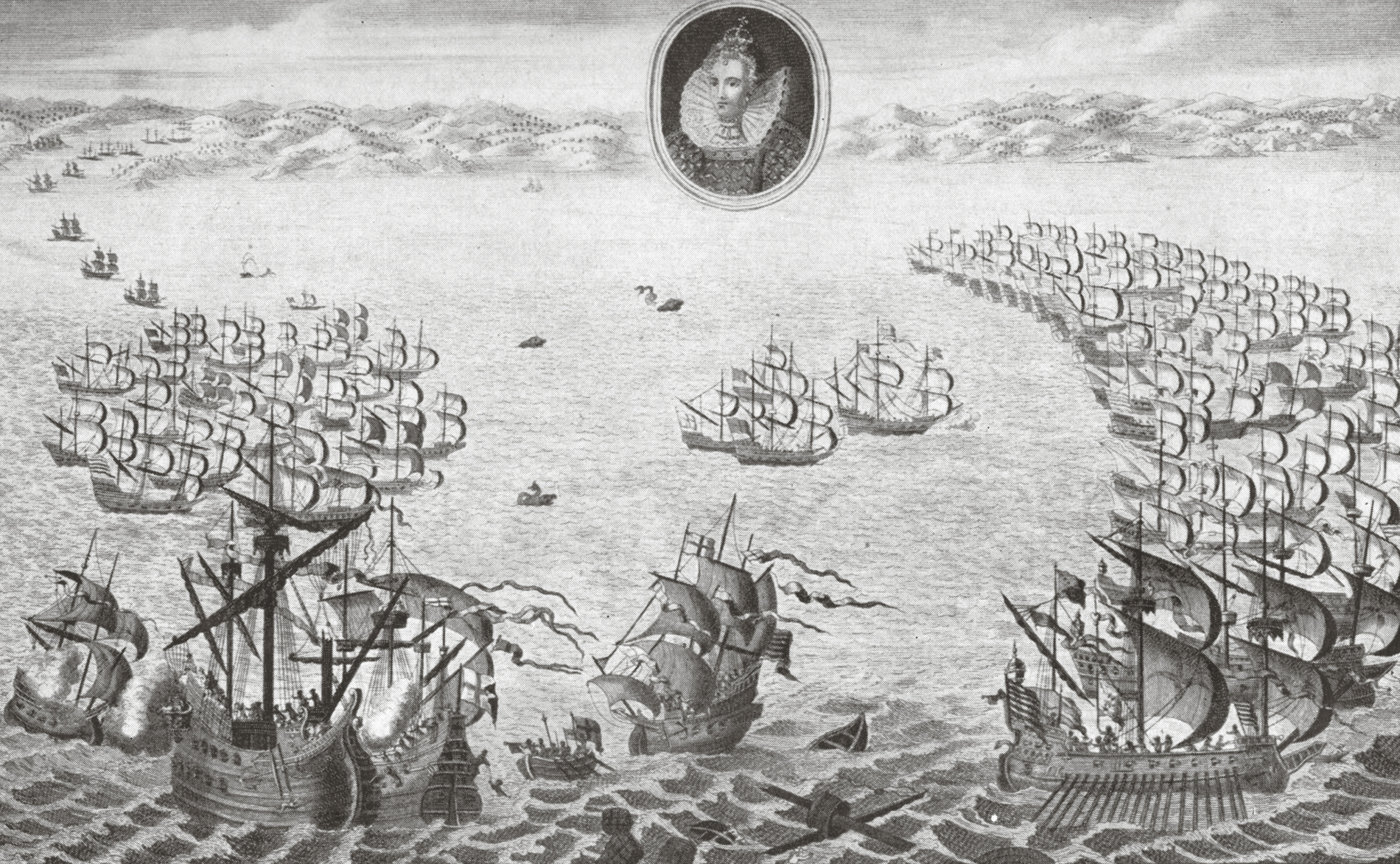
The Publisher would like to thank the following for the illustrative references for this book: Front endpaper Hulton Archive/Getty Images.
Every effort has been made to ensure images are correctly attributed; however, if any omission or error has been made please notify the Publisher for correction in future editions.
MICHAEL JOSEPH
UK | USA | Canada | Ireland | Australia
India | New Zealand | South Africa
Michael Joseph is part of the Penguin Random House group of companies whose addresses can be found at global.penguinrandomhouse.com

First published 2018
Text copyright Sam Willis, 2018
All images copyright Ladybird Books Ltd, 2018
The moral right of the author has been asserted
Cover illustration by Paul Young
ISBN: 978-1-405-93388-9
Paul Young

In the spring of 1588 England was ruled by the Tudor and Protestant Queen Elizabeth I, daughter of Henry VIII. She had been queen for twenty-nine years and was fifty-four years old, an impressive age for anyone in the sixteenth century. England had grown under her rule and was on the verge of possessing a significant international maritime empire, but was threatened by enemies from north, east and south.
Her father, once a Catholic, had split from Rome in 1533 and had made himself head of the Church in England instead of the Pope. For more than half a century tension between Catholics and Protestants had been intense, violent and sustained. Henry VIIIs schism in the Church had forced a splinter into the heart of Europe which, by 1588, had become mortally infected.
During Elizabeths reign that tension came to a head in the relationship between Protestant England and Catholic Spain, ruled by a Habsburg, King Philip II. Unlike the Tudor dynasty, which had been founded just a century before by Henry VIIIs father, Henry VII, the Habsburg line was one of the most long-standing and influential of the European royal households, with roots that could be traced back half a millennium.
War between the two countries broke out in 1585 and lasted nearly thirty years, until 1604. The first crisis came in 1588 when Philip, on behalf of the Catholic Church and funded by the Pope, gathered people, ships and weapons from numerous countries all over northern Europe including England to create a fleet to invade England.
It became known in England as the Spanish Armada.

The origins of the Armada are many and varied but the most extraordinary of them was the repeated and direct provocation of Philip II, one of the wealthiest monarchs who ever lived, who ruled one of the largest empires ever created, by the son of a Devon farmer.
Francis Drake was born in poverty but rose in the meritocratic service of the sea, where competence was rewarded, and there have been few more competent than Drake.
In 157780 Drake stunned the world by sailing around it. He was only the second person to achieve this feat, and he did it in a vessel barely one hundred feet long in an age when navigation out of sight of land was mostly guesswork, when no charts existed for most of his journey, and when the worlds leading navigators were Spanish and Portuguese.
In the words of the Earl of Sussex, one of Elizabeths most important peers, Philip was the greatest monarch on earth, who was strong enough to wage war on all the world united, but Drake was uncowed. In the process of his circumnavigation he captured a Spanish treasure galleon, the Nuestra Seora de la Concepcin, which made him rich beyond imagining. Six years after his return, now knighted by his Queen and sailing with her express blessing, Drake captured Santo Domingo and Cartagena, two of the most important Spanish cities in the West Indies.
The Spanish empire funded itself with silver from South America. Drakes attacks, although having a limited effect on the Spanish economy, had a profound psychological effect on Philip. He set his eyes firmly on England.
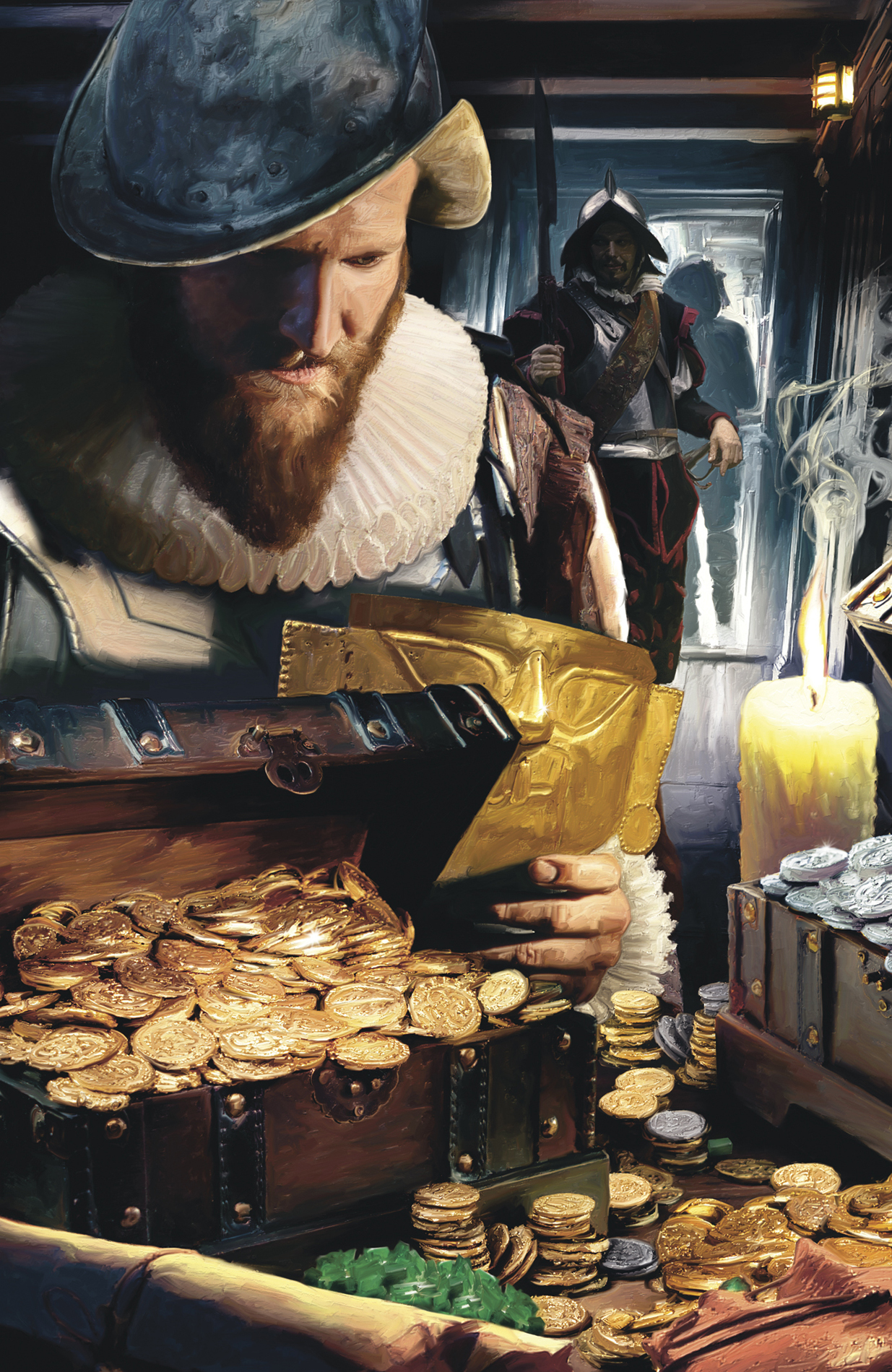
This Anglo-Spanish provocation ran both ways but where the English used men like Drake to raid Spanish territory and steal Spanish property, the Spanish used politicians and assassins to destabilize the English. Throughout the 1580s Elizabeth faced numerous plots on her life orchestrated by Catholics vying to replace her with her first cousin once removed, the Catholic Mary Stuart, Queen of Scots. Many of the plots were particularly cunning and in one, the Throckmorton Plot of 1583, the Spanish Ambassador was directly implicated.
The final straw was the Babington Plot of 1586, which was uncovered by Elizabeths spymaster, Francis Walsingham, who intercepted and decoded a ciphered letter from Mary to Anthony Babington, the head plotter, in which Mary consented to the murder of Elizabeth.
The recurring discoveries of such conspiracies turned Elizabeth to favour the more bellicose of her courtiers. They supported war against Spain and convinced her that Mary, Queen of Scots, who many English Catholics believed to be the legitimate Catholic Queen of England, should be executed to leave no such obvious Catholic claimant to the throne.
On 8 February 1587 Mary was beheaded, the Catholic world outraged, and Philip further justified in his plans to invade England.

Philip sat at the centre of his empire, and attempted to control everything himself with a flood of paperwork. He was obsessive and intense. A deeply spiritual man, he was also austere and always wore black: he was a raven in an age of peacocks.
Philip had no specialist knowledge of naval or military affairs, though the Spanish were experienced at operating and wielding very large fleets with great success.
Seventeen years before the Armada, at the battle of Lepanto, in 1571, the Spanish had helped put a stop to Ottoman expansion in the Mediterranean. As part of a fleet of 250 ships and 80,000 sailors, they had annihilated the Ottoman fleet. Then, in 1583, when Philip fought for the Portuguese crown, the Spanish launched a successful invasion of the Azores with almost 100 ships and 11,700 men.
Both of those operations were conducted with traditional Mediterranean fleets of oared galleys. An invasion across the English Channel after a voyage through the unpredictable weather of the Bay of Biscay, fighting against English sailing warships, would require something quite different.
Philips plan was to create a fleet of over 100 ocean-going sailing ships supported by a handful of oared craft. They would be sourced from a variety of Catholic states Spain primarily, but also Portugal, Castile and Naples and the sailors and soldiers from wherever they could find them. Several English Catholics signed up.
Font size:
Interval:
Bookmark:
Similar books «The Spanish Armada: A Ladybird Expert Book (The Ladybird Expert Series)»
Look at similar books to The Spanish Armada: A Ladybird Expert Book (The Ladybird Expert Series). We have selected literature similar in name and meaning in the hope of providing readers with more options to find new, interesting, not yet read works.
Discussion, reviews of the book The Spanish Armada: A Ladybird Expert Book (The Ladybird Expert Series) and just readers' own opinions. Leave your comments, write what you think about the work, its meaning or the main characters. Specify what exactly you liked and what you didn't like, and why you think so.

